Wyoming Wild Horse Roundup Ends Early After 1,600+ Horses Captured — and It’s Breaking Hearts

What was supposed to be a month-long wild horse roundup in Wyoming wrapped up in just over two weeks — and not without controversy or heartbreak. The Bureau of Land Management (BLM) says it removed 1,677 wild horses from the Adobe Town Herd Management Area between July 15 and August 2, cutting the operation short after reaching its target way ahead of schedule.
The Adobe Town area, tucked in Wyoming’s remote Red Desert about 250 miles west of Cheyenne, is home to one of the country’s largest wild horse populations. According to the BLM, the number of horses roaming the range had grown far beyond what’s considered manageable for the delicate ecosystem.
“Chronic wild horse overpopulation in fragile ecosystems endangers overall land health,” the agency said on its website. “Infrared aerial surveys show the population has blown past the set limit of 259 to 536 horses.”
But not everyone agrees with the roundup — or the BLM’s handling of it.
Wild horse advocates are calling it a tragedy. The American Wild Horse Conservation group reported that 603 stallions, 719 mares, and 355 foals were captured — along with one mule that was accidentally gathered and later adopted.
Seven horses didn’t make it out alive.
The nonprofit posted a list of those who died during or after the operation, including two foals who suffered from capture myopathy — a deadly condition brought on by extreme stress — and an 18-year-old mare who reportedly broke her neck during transport.
Other horses were euthanized due to pre-existing conditions like eye blindness or spinal issues. The BLM says these animals were “humanely euthanized,” but critics aren’t buying it.
“Some of these horses had lived just fine on the range for years,” the group said in a post. “Why were these conditions suddenly grounds for death?”
For many, the emotional impact of the roundup goes beyond just numbers. Wild horses live in tight-knit herds — their social structure is key to their survival and well-being.
“Each of the seven lost was loved by their family,” the group wrote. “Somewhere in holding, those herds are grieving.”
The Instagram post flooded with comments from people heartbroken by the images and stories.
“Beyond heartbreaking,” one commenter wrote. “I weep for those beautiful wild souls.”
This roundup — which took place much faster than expected — has only fueled ongoing debate around how the US manages its wild horse populations. While the BLM argues it’s about protecting ecosystems and preventing long-term land damage, advocates say there are more humane and less traumatic ways to manage herd sizes.
And with more roundups likely ahead, the question lingers: How do we balance environmental concerns with compassion for these wild animals and their way of life?
Until then, the Adobe Town roundup stands as yet another flashpoint in the fight over the West’s wild horses — and a painful reminder of what freedom lost looks like.
The original story by Brooke Baitinger for the Sacramento Bee.


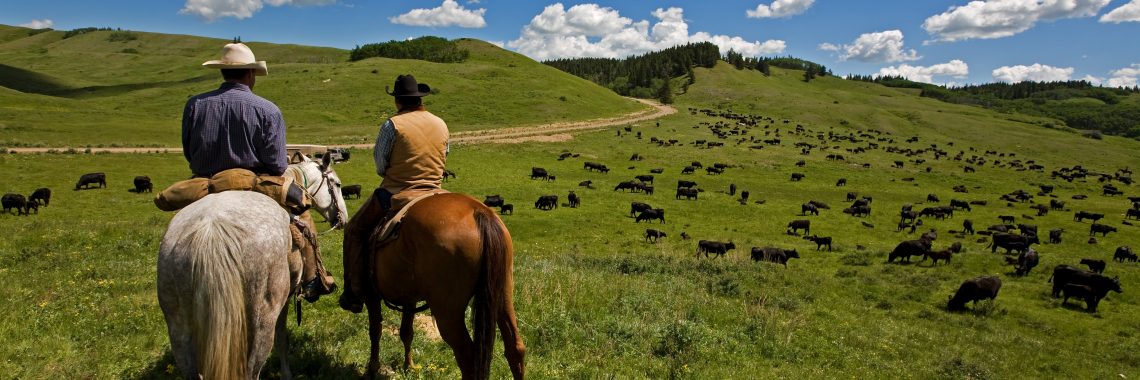
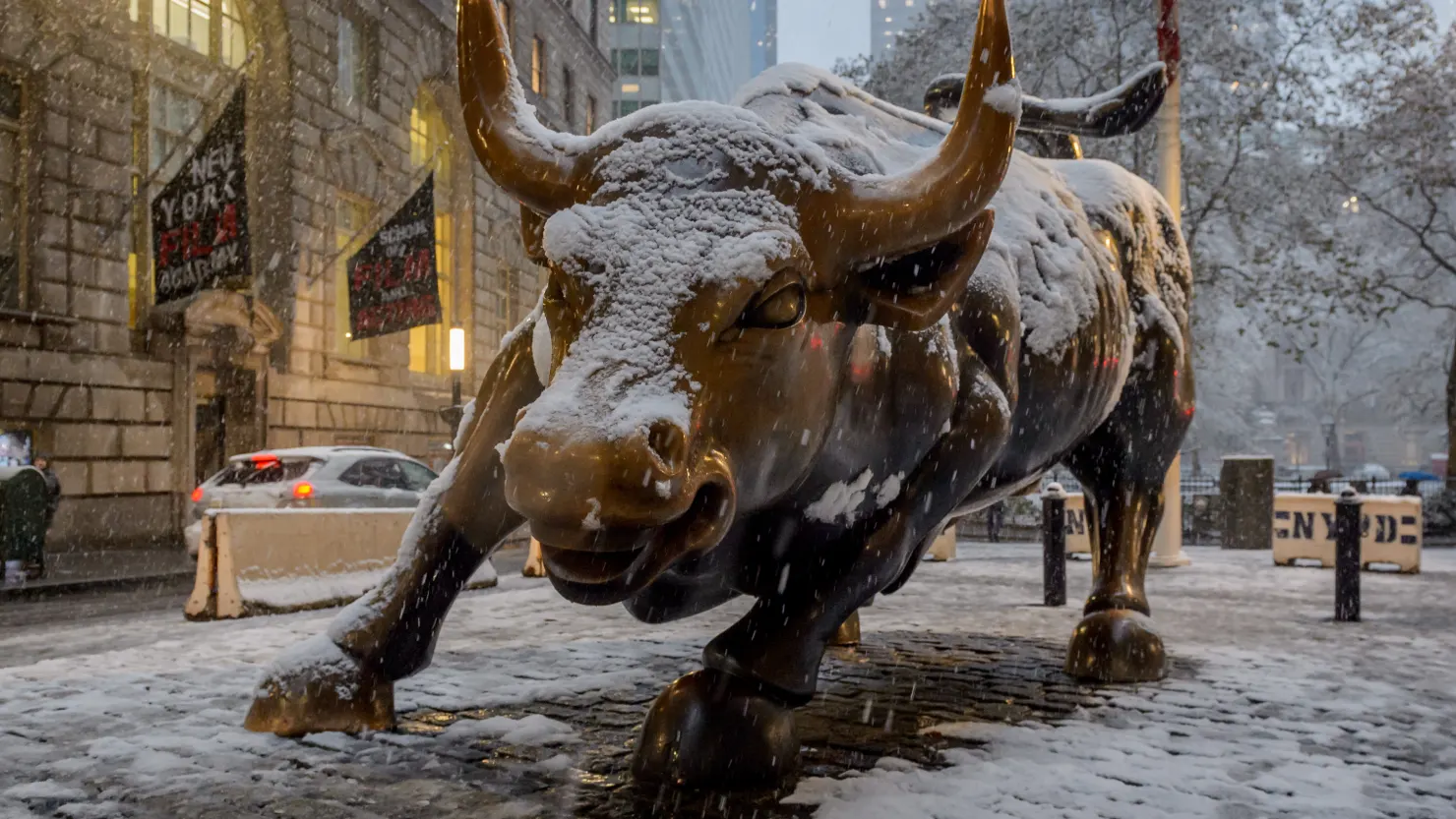
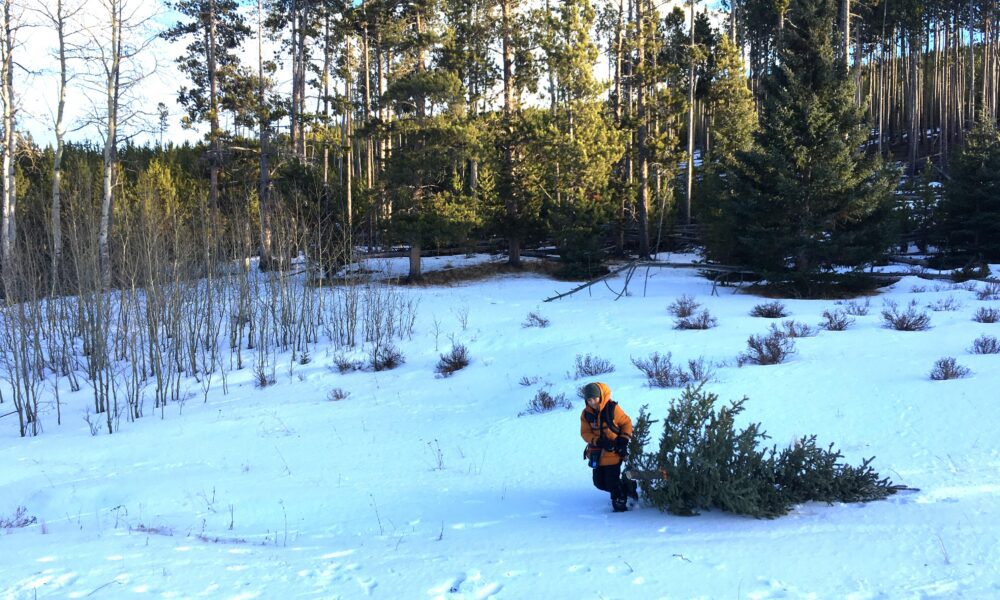

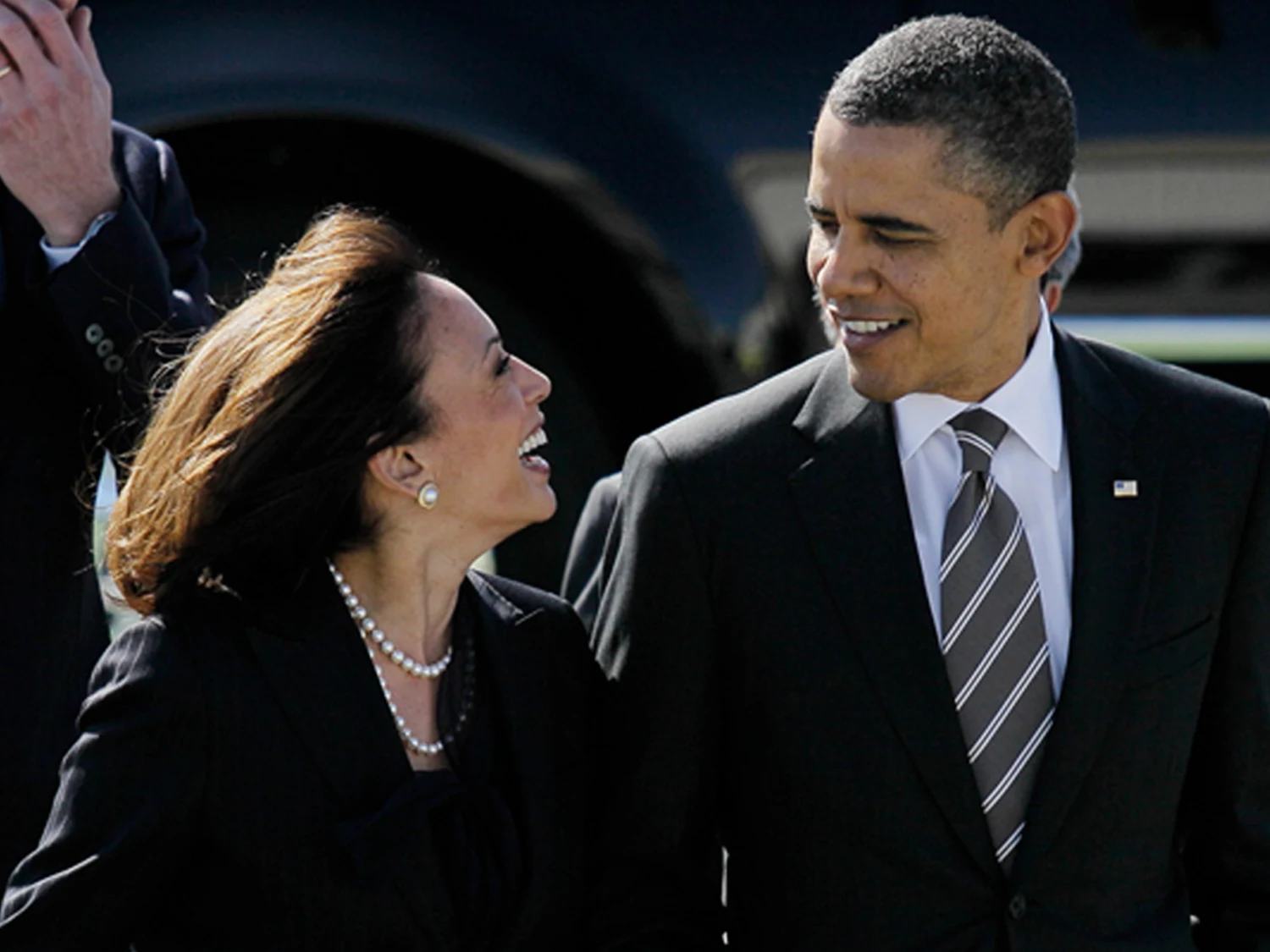
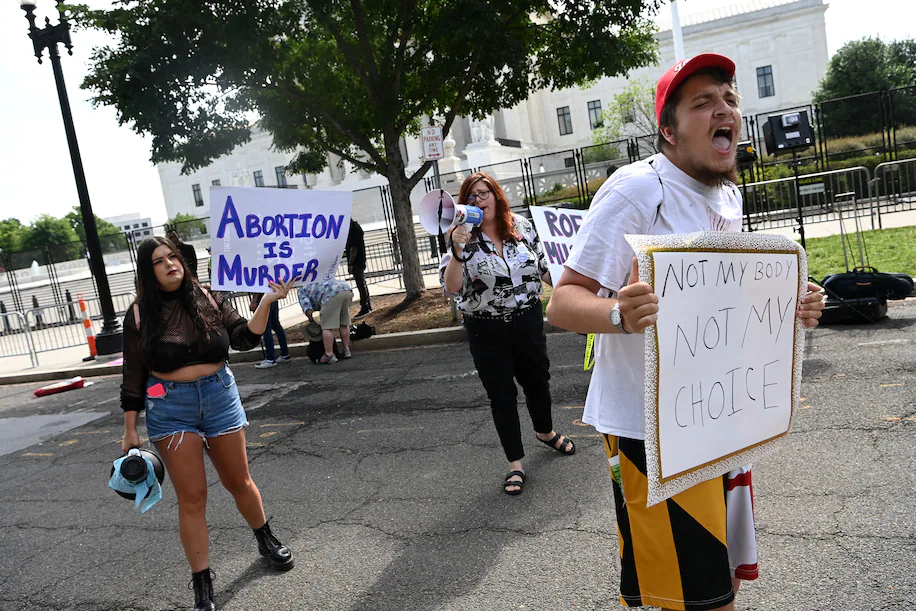

The latest news in your social feeds
Subscribe to our social media platforms to stay tuned